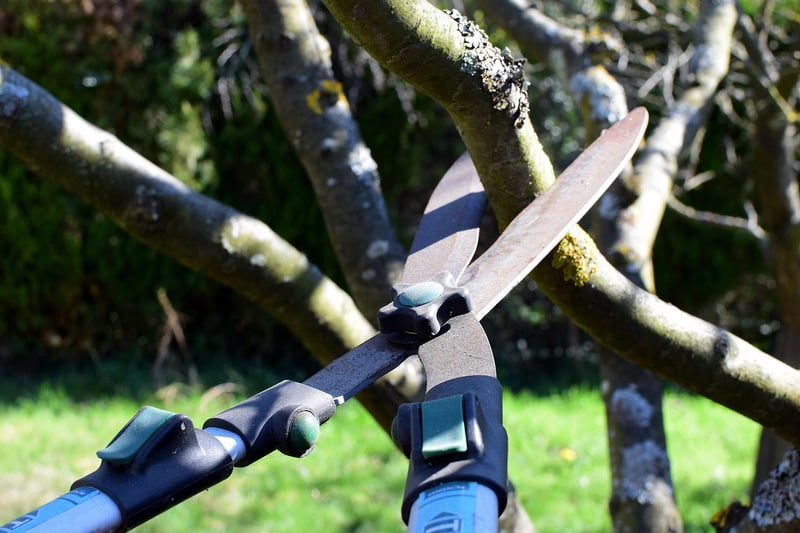Pruning Techniques
Maintain Healthy Plants with Proper Pruning Techniques

Keeping your plants healthy and thriving requires more than just watering and sunlight. Pruning is an essential practice that helps maintain the shape, size, and overall health of your plants. By using the right techniques, you can promote growth, improve flowering, and prevent diseases. Here are some tips to help you master the art of pruning:
1. Choose the Right Tools
Invest in high-quality pruning tools such as shears, loppers, and pruning saws. Make sure your tools are sharp and clean to make precise cuts without damaging the plant.
2. Understand Plant Growth
Learn about the growth habits of your plants to know when and how to prune them. Some plants benefit from winter pruning, while others thrive with summer pruning. Understanding plant growth will help you make informed decisions.
3. Remove Dead or Diseased Branches
Regularly inspect your plants for dead, damaged, or diseased branches. Prune them as soon as you notice them to prevent the spread of diseases and promote new growth.
4. Promote Air Circulation
Prune crowded or crossing branches to allow better air circulation within the plant. Improved airflow reduces the risk of fungal diseases and encourages healthier growth.
5. Shape and Size Control
Use pruning to control the shape and size of your plants. Trim back overgrown branches to maintain a desired shape and prevent overcrowding in your garden.
6. Prune After Flowering
For flowering plants, prune them immediately after they finish blooming. This timing allows the plant to set new buds for the next season while keeping its shape intact.
By following these pruning techniques, you can ensure that your plants remain healthy, vibrant, and visually appealing. Remember to research specific pruning requirements for each plant species and adjust your techniques accordingly. Happy pruning!
